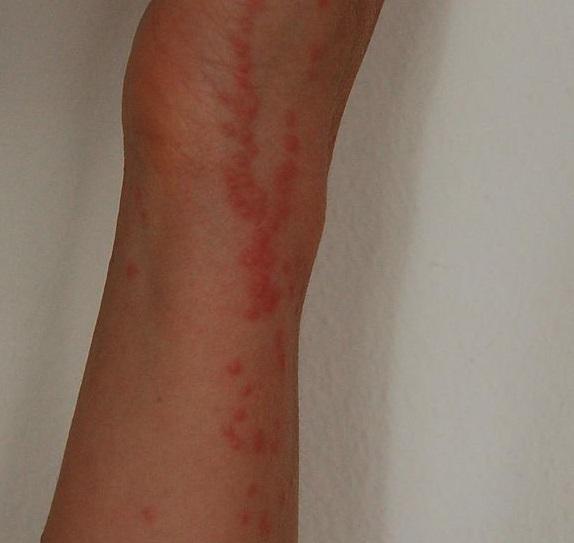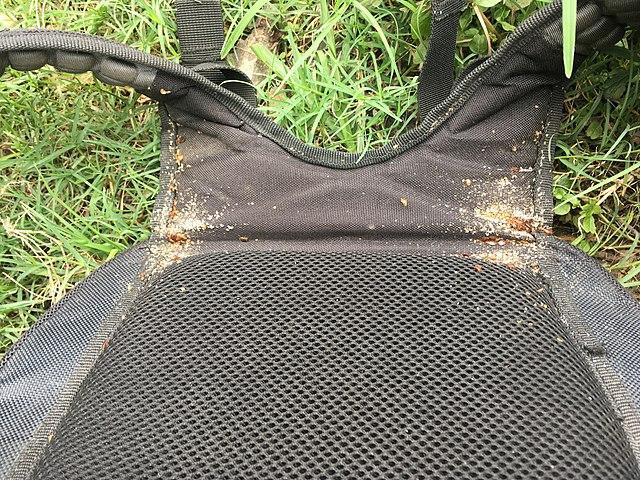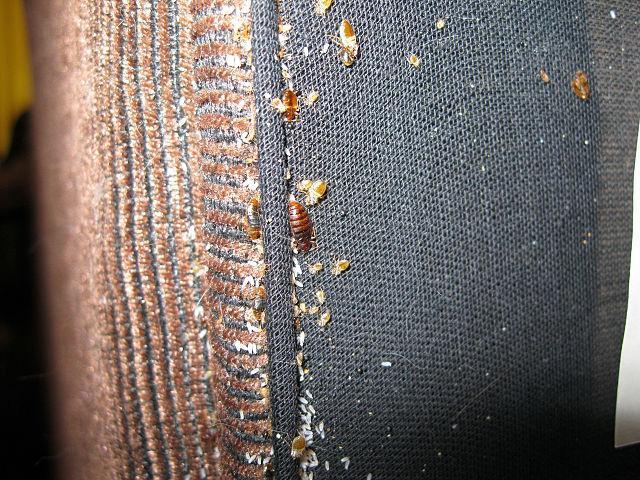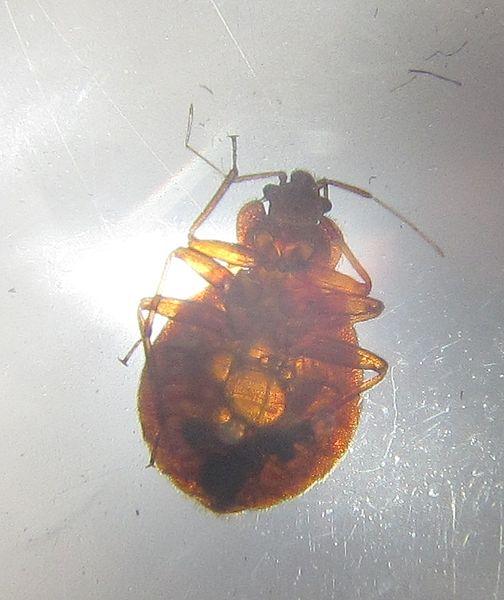Listen up folks, if you’ve got bed bugs in your house, you want to catch ’em early before they start multiplying and spreading all over the place. Trust me, it’s a lot easier and less expensive to take care of a small infestation, compared to one that’s taken over your entire home.
Now, the tricky part is that these little buggers can be tough to spot, especially in the early stages. And sometimes, you might think you’ve got bed bugs, when it’s actually something else, like carpet beetles. If you make that mistake, you’re just giving the bed bugs more time to spread and start a whole new infestation somewhere else. That’s why it’s important to know what you’re looking for.
And one more thing, just because you’ve got bites on your skin, don’t assume it’s bed bugs right away. Bed bug bites can look like all sorts of things, like mosquito bites, rashes, or even hives. And some people don’t even react to bed bug bites at all. So, don’t rely on bites as the only sign of an infestation.

Looking for the Signs of Bed Bugs
Let’s talk about how to spot bed bugs in your home. Don’t just rely on bite marks on your skin, that’s not always a surefire way to tell if you’ve got an infestation. Instead, take a closer look and see if you can find any physical signs of these critters.
When you’re changing your sheets, doing some cleaning, or just taking a break from home, keep an eye out for:
- Rusty or red stains on your bed sheets or mattress. That could be from bed bugs getting squished.
- Dark spots, about the size of a dot, that are actually bed bug poop. And watch out, it might bleed onto your fabric just like a marker would.
- Tiny, pale yellow eggshells or eggs about 1mm in size. That’s what the baby bed bugs leave behind as they grow up.
- And of course, keep an eye out for any live bed bugs lurking around.
Where Bed Bugs Can Hide
Now, let’s talk about where these sneaky bed bugs like to hide when they’re not chowing down on your blood.
Around your bed, you might find them near the seams, tags, and piping of your mattress and box spring, or in the cracks of your bed frame and headboard. And if you’ve got a heavy infestation going on, you might find bed bugs:
- In the seams of your chairs and couches, between the cushions, or in the folds of your curtains.
- Hiding out in the joints of your drawers.
- Taking refuge in electrical outlets and appliances.
- Squeezed behind loose wallpaper and wall hangings.
- At the junction where your wall and ceiling meet.
- And even in the head of a screw!
Remember, bed bugs are only about as wide as a credit card, so they can fit into some pretty tiny hiding spots. If a crack is big enough to hold a credit card, it could be hiding a bed bug.

The Life Cycle of Bed Bugs and How They Mate
These little critters need a blood meal before they can move on to the next stage of their lives. And they don’t just feed once, they can chow down multiple times. And with each stage, they need to shed their skin.
For bed bugs to keep mating and laying eggs, both the males and females need to feed at least once every two weeks. And let me tell you, female bed bugs can lay a lot of eggs – up to 3 per day, and over 200 to 500 in their lifetime, which can last anywhere from 6 to 12 months.

Under ideal conditions, the time it takes for an egg to hatch and grow into an adult can be as short as four to five weeks. So, you can see how a small infestation can quickly turn into a big problem. Keep that in mind and stay vigilant.
The Living Conditions of Bed Bugs
Moving on, let’s talk about where bed bugs can thrive and what kind of conditions they can survive in.
These critters can hang on even in cool temperatures, as low as 46°F (7°C), but they won’t make it past 113°F (45°C). So, if you want to use heat to get rid of bed bugs, you need to make sure the room is even hotter, so that the heat reaches all the bugs, no matter where they’re hiding.
As for where they like to live, well, if you can live there, chances are bed bugs can too. And if you’re in a tropical or subtropical area, you might encounter tropical bed bugs, which are a little pickier about the temperature they need to survive. But either way, it pays to stay vigilant and know what to look for.
Conclusion
Well folks, there you have it – everything you need to know about bed bugs. These little critters can be a real hassle if you’ve got an infestation, but the good news is, you can catch ’em early and take care of the problem before it gets out of hand.
Remember, it’s important to know what you’re looking for when it comes to bed bugs. Don’t just rely on bite marks, look for physical signs like rusty or red stains, dark spots, tiny eggshells, and of course, live bed bugs. And keep an eye out for where they like to hide – around your bed, in the seams of furniture, in electrical outlets, and even in small cracks and crevices.
And when it comes to the life cycle of bed bugs, remember that they need a blood meal to move on to the next stage, and both males and females need to feed regularly to keep mating and laying eggs. And as far as their living conditions go, bed bugs can hang on in cool temperatures, but won’t make it past a certain heat threshold.
So, stay vigilant and know what to look for. That way, you can keep bed bugs at bay and enjoy a peaceful, bug-free home.
Image References:
- https://commons.wikimedia.org/wiki/File:Bed_bug_bites_around_left_wrist.jpg
- https://commons.wikimedia.org/wiki/File:Bed_Bug_Infestation.jpg
- https://commons.wikimedia.org/wiki/File:Bedbugs.jpg
Editor’s note:
Shortly after creating this article, I stumbled on a very informative YouTube video about bed bugs. I found the video to be very entraining and also very informative:


